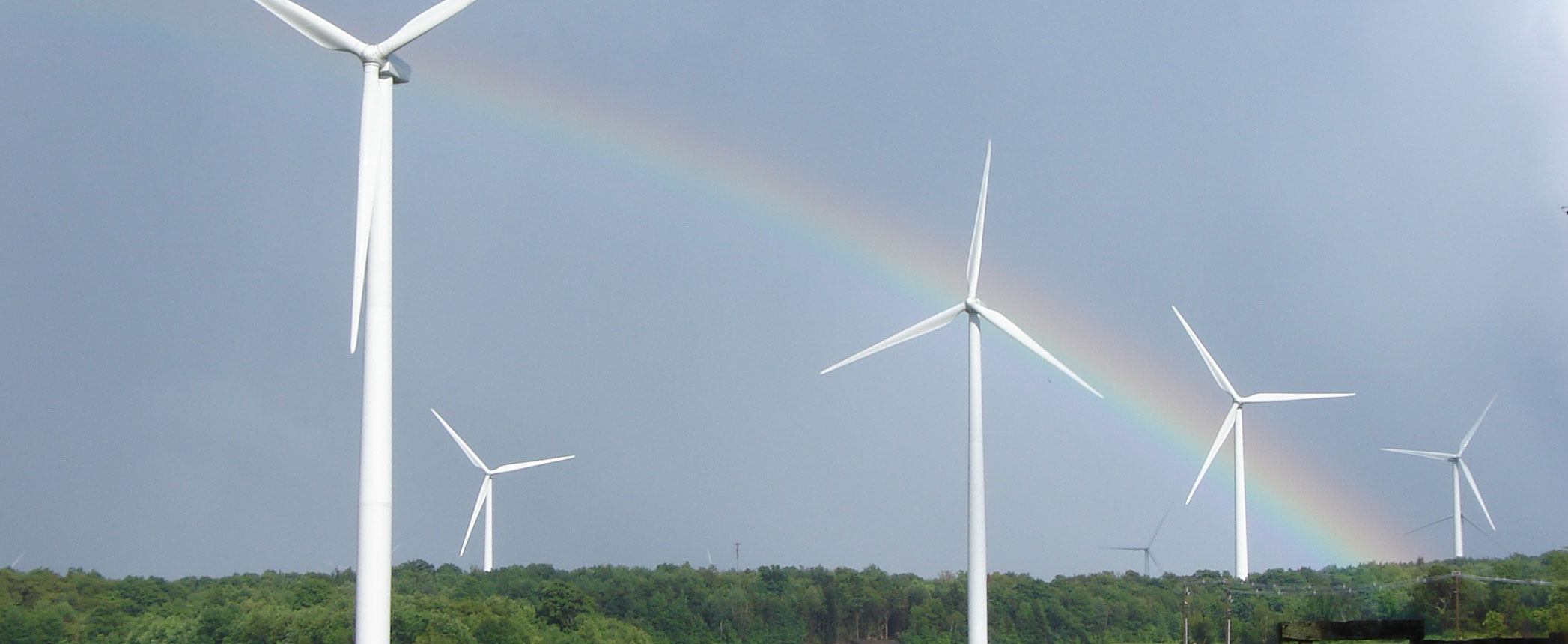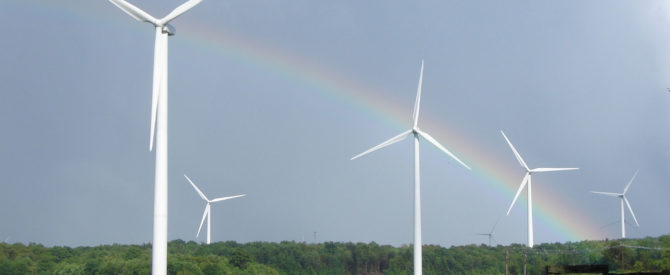
Global lubricant demand for wind energy is likely to hit a speed bump in the current economic climate but should rebound in subsequent years, an industry consultant said in a recent webinar.
Kline & Co.’s projected outlook for lubricant demand in wind energy from anticipates that the market will be hurt by the economic contraction resulting from the COVID-19 pandemic under both optimistic and pessimistic projections. “Almost all scenarios suppose a downfall, a slump in consumption for lubricants used in wind energy by 2021, followed by a sharp ‘V’ recovery for the next few years,” Gabriel Tarle, a project lead in Kline’s energy practice, said during a webinar about the outlook for wind turbine lubricants demand in the current economic environment. The company published a study on the topic in May.
The company estimated global demand for lubricants in wind energy reached about 40,000 to 50,000 metric tons in 2019, valued at $400 million to $500 million, as total installed wind energy capacity topped 650 gigawatts. “Even though it’s a small fraction of total lubricants demand, wind turbines are an important niche due to their rapid growth and high synthetic penetration,” Tarle said.
The wind energy industry has grown exponentially over the past 20 years, drawing new entrants on the lubricants side, Tarle said, especially in the service fill market. Despite the growth, he noted three key concerns in the minds of lubricant marketers: industry growth in the current economic climate; the effect of direct drive machines and drain interval extension on lubricant consumption; and fading government subsidies.
Wind Energy Lube Products
The company estimated global gear oil demand in wind energy in the 20,000 to 40,000 ton range in 2019. Consumption by turbines in China accounted for nearly half of that, followed by the United States, Spain, India, Germany and those in other countries. Kline estimated that overall demand for gear oil grew at a compound annual rate of 12.3 percent from 2008 to 2019.
Tarle said that this growth rate lagged growth in wind energy capacity during the same period, mainly because of extended drain intervals resulting from the use of synthetic gear oils, as well as loss of demand to direct drive wind turbines that don’t need gear oil in the main gear box. “Gear oil demand for the service fill-market has increased as a share of the total from 2015 to 2019,” he said.
Global hydraulic fluid demand reached in the range of 6,000 to 10,000 tons in 2019. Among key markets, wind energy in the United States accounted for around a quarter of that, followed by China, Spain, India and Germany.
Tarle noted that demand for these products actually fell by a compound annual rate of 5.7 percent since peaking in 2015. “This is mainly due to the fact that the quality of hydraulic oil improved significantly and the increased penetration of synthetic oils,” he explained. The service-fill market share decreased from 2015 to 2019.
China dominated in grease demand for wind energy, dwarfing that of the U.S., Germany, India and Spain. Tarle said the share of the initial fill market grease increased from 2015 to 2019.
Suppliers
Kline found the supply base for lubricants used in wind turbines largely consolidated among a few key companies. Top suppliers for such lubricants in 2016 included global majors BP (Castrol), ExxonMobil and Shell, which are present in almost all markets. Other key suppliers include Fuchs, Chevron, Total, Amsoil and specialist grease suppliers such as Kluber, Dow and SKF. “The leading suppliers, and in particular the global majors, have a strong relationship with wind turbine OEMS, which enables them to cater to their initial fill and warranty business,” he said.
He noted that wind energy is a high-margin business for lubricant marketers. “The share of synthetics in the overall demand exceeds any other end-use industry,” Tarle said. “The cost of lubricants is not significant in the overall maintenance cost, and sales are driven more by product performance guarantees and track record. Thus, there is minimal downward pressure on product prices.”
Wind Energy Capacity
Global installed wind energy capacity is estimated to grow at a compound annual rate of 9.1%, from 650.1 gigawatts in 2019 to 1,005 GW by 2024, he said, citing a list of projects published in the Global Wind Energy Council Outlook Spring 2020.

A rainbow forms amongst a set of wind power turbines.